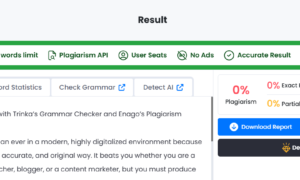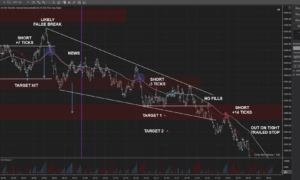Demand for ROV, AUV vessel positioning segment increased at 4.4% CAGR between 2020 and 2021, enabling the combined ultra-short baseline positioning system markets to year-over-year growth of 4.2% in 2021, according to the Future Market Insights report.
Growing marine operations for commercial trade and recreational travel in recent years have boosted the Ultra Short Base Line Positioning System’s growth outlook for the coming decade. The market is expected to reach a valuation of US$ 127.7 Mn by 2021, with a CAGR of 5% over the forecast period.
In 2021, revenue from deep nominal range Ultra Short Base Line Positioning System sales increased at a steady rate of 4.1 percent year on year. In terms of end-users, demand from the offshore equipment segment increased at a 4.8 percent CAGR between 2020 and 2021, resulting in a 4.2 percent year-over-year growth in the combined USBL positioning system market in 2021.
Growth has been largely sluggish in recent years. Nonetheless, it can be attributed to less expensive acoustics and more reliable technology. Deep-sea diving has become a tourist attraction in many countries, including the UAE, Singapore, and Thailand, as a result of these systems being installed on newer boats and yachts to meet required safety standards.
The use of the Ultra Short Base Line Positioning System is becoming more common in maritime and marine applications. These systems are being used by an increasing number of ship owners,–board engineers, and fleet managers to identify potential obstacles in marine paths.
Market leaders are offering customized products that are further integrated with IoT and artificial intelligence to improve efficiency and precision. Manufacturers are developing and supplying systems.
Toa transmission facilities in these systems. This has reduced overall costs. If a failure occurs on board or during an expedition the operator has to cease his/her work and return to the docks, which causes a loss of time as well as money.
In countries such as Indonesia, Singapore, UAE, and Thailand Ultra Short Base Line Positioning Systems have been used for precautions and safety in recreational activities. For years the option of inverting an Ultra Short Base Line Positioning System was seen as having an operational advantage over conventional ultra-short baselines for deep tow fish tracking.
Notable improvements to the signal-to-noise ratio (SNR) at an inverted ultra-short baseline transceiver on a quiet tow-fish vessel would allow for repeatable and longer acoustic tracking ranges, thereby paving the way for Ultra Short Base Line Positioning System sales.
Ultra Short Base Line Positioning System Market by Category
By Operating Frequency Range:
- 14-18 kHz
- 20-30 kHz
By Nominal Range:
- Shallow (upto 150 m)
- Medium (upto 1,000 m)
- Deep (upto 10,000 m)
By Antenna Aperture:
- 70 Degree
- 100 Degree
- 200 Degree
By End User:
- Offshore Equipment Positioning
- ROV, AUV vessel positioning
- Cartography
- Diver Tracking
- Naval SAR vessels
- Underwater Photography/Cinematography
- Tourism & Leisure
- Marine Sciences
By Region:
- North America
- Latin America
- Europe
- East Asia
- South Asia & Pacific
- the Middle East and Africa (MEA)



































